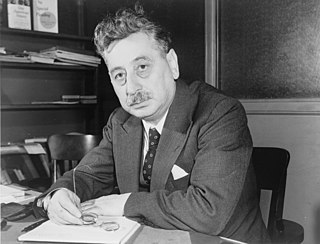 W
WSholem Asch, also written Shalom Ash, was a Polish-Jewish novelist, dramatist, and essayist in the Yiddish language who settled in the United States.
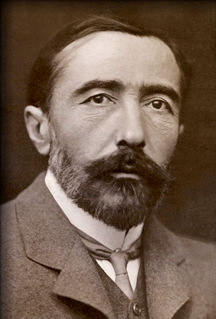 W
WJoseph Conrad was a Polish-British writer regarded as one of the greatest novelists to write in the English language. Though he did not speak English fluently until his twenties, he was a master prose stylist who brought a non-English sensibility into English literature. Conrad wrote stories and novels, many with a nautical setting, that depict trials of the human spirit in the midst of what he saw as an impassive, inscrutable universe.
 W
WMaria Dorota Leopoldyna Czapska was a Polish author, essayist, and historian. She was born in Prague to Count Jerzy Hutten-Czapski (1861-1930), and Jozefina Thun-Hohenstein (1867-1903), and grew up in Przyłuki, the family estate near Minsk. Her younger brother was Józef Czapski, and her relatives included Counts Emeryk Hutten-Czapski, Emeryk August Hutten-Czapski, and Karol Hutten-Czapski.
 W
WJózef Czapski was a Polish artist, author, and critic, as well as an officer of the Polish Army. As a painter, he is notable for his membership in the Kapist movement, which was heavily influenced by Cézanne. Following the Polish Defensive War, he was made a prisoner of war by the Soviets and was among the very few officers to survive the Katyn massacre of 1940. Following the Sikorski-Mayski Agreement, he was an official envoy of the Polish government searching for the missing Polish officers in Russia. After World War II, he remained in exile in the Paris suburb of Maisons-Laffitte, where he was among the founders of Kultura monthly, one of the most influential Polish cultural journals of the 20th century.
 W
WArtur Antoni Dmochowski is a Polish journalist, historian, and diplomat; ambassador to Montenegro.
 W
WZbigniew Herbert was a Polish poet, essayist, drama writer and moralist. He is one of the best known and the most translated post-war Polish writers. While he was first published in the 1950s, soon after he voluntarily ceased submitting most of his works to official Polish government publications. He resumed publication in the 1980s, initially in the underground press. Since the 1960s, he was nominated several times for the Nobel Prize in literature. His books have been translated into 38 languages.
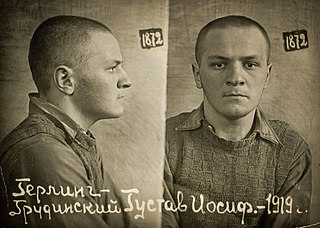 W
WGustaw Herling-Grudziński was a Polish writer, journalist, essayist, World War II underground fighter, and political dissident abroad during the communist system in Poland. He is best known for writing a personal account of life in the Soviet Gulag entitled A World Apart, first published in 1951 in London.
 W
WLech Jęczmyk is a Polish publicist, essayist, writer and translator. Critic of science-fiction, chief editor of Nowa Fantastyka from 1990–1992, editor of several science-fiction series and anthologies.
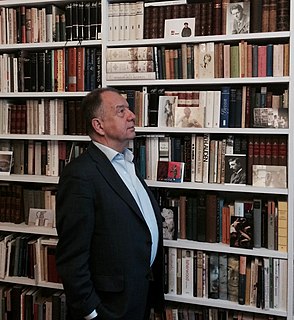 W
WWojciech Karpiński was a Polish writer, historian of ideas and literary critic.
 W
WAndrzej Kijowski was a Polish literary critic, essayist, prose and screenwriter. His son is poet and critic Andrzej Tadeusz Kijowski.
 W
WAndrzej Tadeusz Kijowski is a Polish aesthetician, theatre critic, literary critic, poet and publicist. Son of the writer Andrzej Kijowski. From 1976 to 1989 participated in the democratic opposition. Cooperated with KOR and NOWa. From 1990 to 1994 helped to create the new self-government.
 W
WIrena Klepfisz is a Jewish lesbian author, academic and activist.
 W
WMaria Konopnicka was a Polish poet, novelist, children's writer, translator, journalist, critic, and activist for women's rights and for Polish independence. She used pseudonyms, including Jan Sawa. She was one of the most important poets of Poland's Positivist period.
 W
WUrszula Kozioł is a Polish poet. In 2011, she was a recipient of the Silesius Poetry Award.
 W
WBronisław Maj is a Polish poet, essayist, translator and academic.
 W
WGabriela Matuszek-Stec is a Polish literary historian, essayist, critic and translator of German literature.
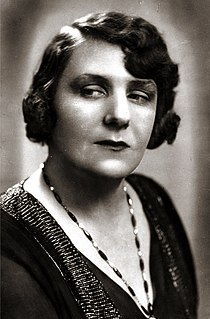 W
WZofia Nałkowska was a Polish prose writer, dramatist, and prolific essayist. She served as the executive member of the prestigious Polish Academy of Literature (1933–1939) during the interwar period.
 W
WStefan Napierski, actually Stefan Marek Eiger was a Polish poet of Jewish origin, translator and essayist, in the years 1938–1939 publisher of the bimonthly "Ateneum".
 W
WBarbara Nawrocka-Dońska was a Polish prose writer, essayist and journalist. She was born in Warsaw.
 W
WHersh Dovid Nomberg, also written Hersh David Nomberg , was a Polish-Jewish writer, journalist, and essayist in the Yiddish language.
 W
WEliza Orzeszkowa was a Polish novelist and a leading writer of the Positivism movement during foreign Partitions of Poland. In 1905, together with Henryk Sienkiewicz, she was nominated for the Nobel Prize in Literature.
 W
WMaciej Parowski was a Polish journalist, essayist, science fiction writer, editor and translator.
 W
WAdam Szymon Pragier was a Polish economist, Doctor of Jurisprudence professor at the Free Polish University, socialist activist, politician, member of the Polish Legions and writer. A minister of information and documentation in the Polish government-in-exile in London, he upheld for the rest of his life its legal continuity in the struggle for the restoration of Poland as a sovereign state.
 W
WAleksander Głowacki, better known by his pen name Bolesław Prus, was a Polish novelist, a leading figure in the history of Polish literature and philosophy, as well as a distinctive voice in world literature.
 W
WJulian Przyboś was a Polish poet, essayist and translator, one of the most important poets of the Kraków Avant-Garde.
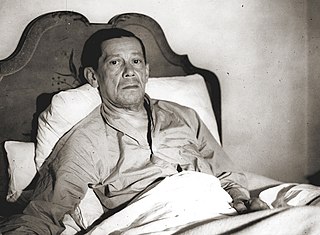 W
WJózef Hieronim Retinger was a Polish scholar, international political activist with access to some of the leading power brokers of the 20th century, a publicist and writer.
 W
WAdolf Rudnicki, born Aron Hirschhorn was a Polish author and essayist, best known for his works about The Holocaust and the Jewish resistance in Poland during World War II.
 W
WArtur Sandauer was a Polish and Jewish literary critic, essayist and professor at the University of Warsaw.
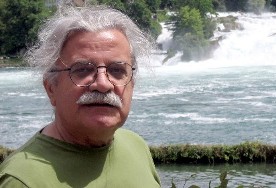 W
WJan Stanisław Skorupski is a Polish writer, poet, essayist and esperantist.
 W
WJerzy Snopek is a Polish literary historian and translator; he is presently serving as the country's ambassador to Hungary, a position he has held since 2016.
 W
WLudwik Józef Stasiak was a Polish painter, cartoonist, journalist, art historian and publisher. He worked in a wide variety of genres and provided illustrations for magazines such as Bluszcz (Ivy), Kłosy (Ears) and Tygodnik Ilustrowany. He was also the author of some popular historical novels.
 W
WMargarete Stokowski is a Polish-German writer and essayist. She is best known for her weekly essays for the magazine Spiegel Online where she writes about the current state of feminism in Germany. The numbers of clicks on her essays reach up to 900,000. The Süddeutsche Zeitung stated that she is the "loudest voice of German feminism" in 2019.
 W
WMaria Wisława Anna Szymborska was a Polish poet, essayist, translator and recipient of the 1996 Nobel Prize in Literature. Born in Prowent, which has since become part of Kórnik, she later resided in Kraków until the end of her life. In Poland, Szymborska's books have reached sales rivaling prominent prose authors', though she wrote in a poem, "Some Like Poetry", that "perhaps" two in a thousand people like poetry.
 W
WHenryk Waniek is a Polish artist, stage-set designer, author-journalist and commentator on literature and the arts.
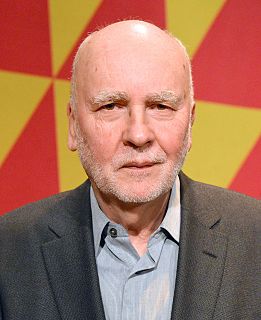 W
WAdam Zagajewski is a Polish poet, novelist, translator and essayist. He was awarded the 2004 Neustadt International Prize for Literature, the 2016 Griffin Poetry Prize Lifetime Recognition Award and the 2017 Princess of Asturias Award for Literature. He is considered as one of the leading poets of the Generation of '68' or the Polish New Wave and is one of Poland's most prominent contemporary poets.
 W
WJerzy Zawieyski, born Henryk Nowicki, was a Polish playwright, prose writer, Catholic political activist and amateur stage actor. He wrote psychological, social, moral and historical novels, dramas, stories, essays and journals.
 W
WWojciech Żukrowski was a Polish prosaist, poet, reporter, essayist and literary critic.
 W
WMarek Żuławski, was a Polish painter, graphic artist and art historian who settled in London in 1937.